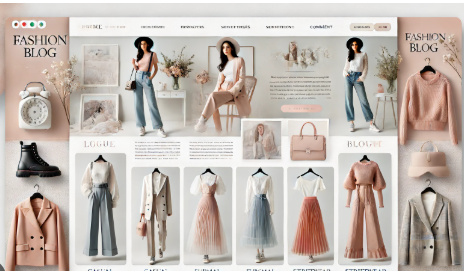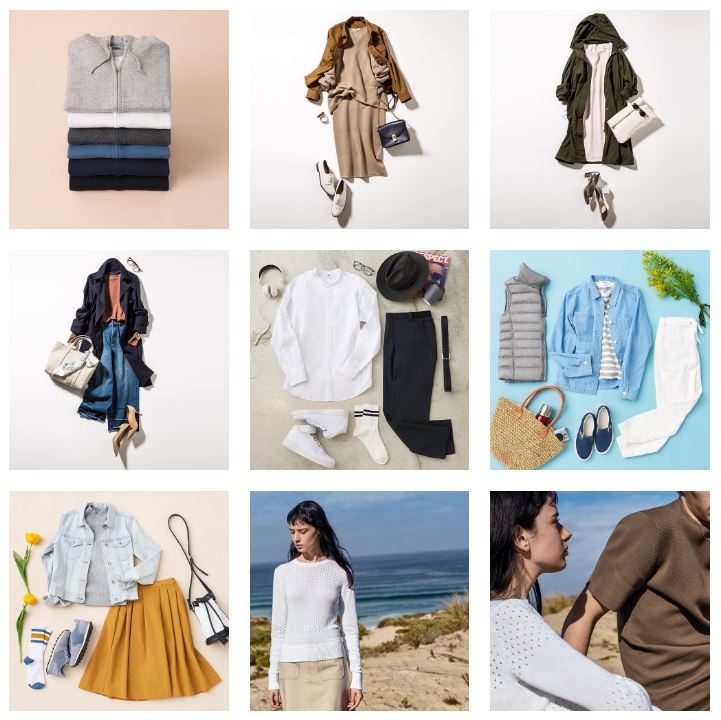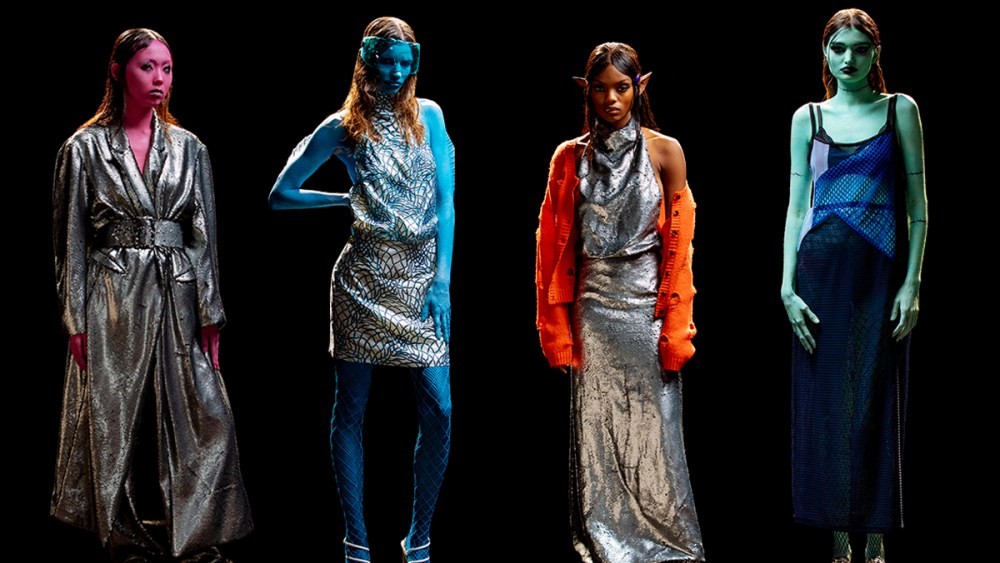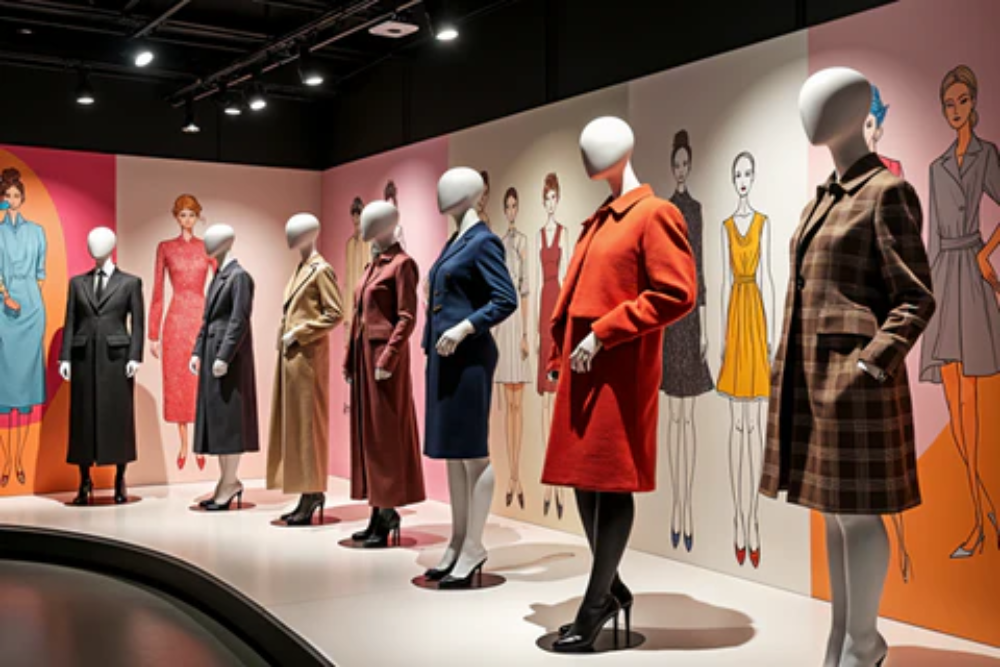Introduction
In the age of digital media, fashion blogging has become a lucrative career path for many aspiring influencers, designers, and style enthusiasts. Fashion blogs are a powerful platform for sharing your personal style, reviewing products, and building an engaged community. With the right tools and strategies, anyone can start a successful fashion blog. This article will guide you through the process of creating a fashion blog from scratch, helping you understand the essential steps, tips, and resources for building a platform that stands out.
- Define Your Niche and Purpose
Before you dive into the technicalities of blogging, the first step is to define your niche and purpose. The fashion blogosphere is crowded, and to stand out, it’s crucial to establish a unique point of view.
Finding Your Fashion Niche
Fashion is a broad topic, and within it lies various sub-niches that cater to different audiences. Some common niches include:
- Personal Style: Sharing your daily outfits and how you style clothing items.
- Sustainable Fashion: Focusing on eco-friendly and ethically produced fashion.
- Street Style: Capturing fashion trends and everyday looks from the streets.
- Luxury Fashion: Reviewing high-end designer pieces and offering styling tips.
- Fashion Tips and Advice: Offering practical fashion advice, like how to dress for certain occasions, body types, or seasons.
- Plus-Size Fashion: Focusing on fashion for curvier body types.
Understanding your niche will help you focus your content, attract a targeted audience, and stand out in the competitive world of fashion blogging.
Establishing Your Purpose
Your blog’s purpose is the reason behind your content creation. Whether you aim to:
- Share your personal style and inspire others.
- Offer fashion advice to a specific audience.
- Promote a particular fashion philosophy (e.g., slow fashion, body positivity).
- Monetize your blog through affiliate marketing, sponsored posts, or selling products.
Having a clear purpose will guide your content strategy and help you remain consistent with your messaging.
- Choosing a Domain Name and Hosting
Your blog’s name is one of the most important decisions you’ll make, as it will represent your brand and be the first impression potential readers will have.
Selecting a Domain Name
- Keep it Short and Memorable: Choose a name that’s easy to spell and remember. Avoid overly complex names.
- Reflect Your Niche: Your blog name should give readers an idea of what your content will be about.
- Avoid Numbers and Hyphens: These can make your domain name harder to remember and less professional.
- Check Availability: Ensure the domain name is available and isn’t already taken.
Some domain name ideas:
- Use your name, e.g., EmmaGlam.com or FashionWithSarah.com.
- Include keywords relevant to your niche, e.g., SustainableThreads.com or ChicStreetStyle.com.
Choosing a Hosting Provider
Once you have your domain name, the next step is selecting a reliable hosting provider to store your website’s files. Popular options include:
- Bluehost
- SiteGround
- WP Engine
Many hosting providers offer one-click WordPress installations, making it easier for beginners to get started.
- Setting Up Your Blog with WordPress
WordPress is the most popular blogging platform due to its flexibility, customization options, and ease of use. Once you’ve chosen a domain and hosting provider, it’s time to set up your WordPress blog.
Installing WordPress
Most hosting services have an easy-to-use, one-click WordPress installation. After installing WordPress, you’ll have access to the WordPress dashboard, where you can manage your blog’s content, themes, and plugins.
Choosing a Theme
Your blog’s theme defines its overall look and feel. There are free and premium WordPress themes that you can choose from. Some top themes for fashion bloggers include:
- Astra
- Oshine
- Soledad
A good theme should be responsive (mobile-friendly) and customizable. Choose a theme that aligns with your aesthetic and gives you the freedom to showcase your fashion content in an appealing way.
Installing Essential Plugins
Plugins are tools that add functionality to your WordPress site. Some essential plugins for fashion blogs include:
- Yoast SEO: Helps optimize your content for search engines.
- Jetpack: Provides security features and enhances site performance.
- WPForms: Adds contact forms to your blog.
- Social Snap: Integrates social media sharing buttons.
- WooCommerce (if you plan to sell products): Enables e-commerce capabilities.
- Designing Your Blog and Creating Content
Now that your blog is set up, it’s time to start designing and creating content. Design is crucial because it determines how your readers will interact with your blog. Your blog should be visually appealing, easy to navigate, and aligned with your niche.
Designing Your Blog
- Branding: Make sure your blog design matches your personal or business brand. This includes your color scheme, logo, and typography.
- Navigation: Ensure your blog is easy to navigate. Key pages should include your homepage, about page, contact page, and blog categories.
- Content Layout: Use a clean and organized layout that makes it easy for readers to find the content they’re looking for.
Creating Compelling Fashion Content
To build a successful fashion blog, you need to produce high-quality content consistently. Here are some types of content you can start with:
- Outfit Posts: Share your personal style by posting outfit photos with detailed descriptions of the clothing, brands, and where to buy.
- Trend Reports: Write about the latest fashion trends and how your readers can incorporate them into their wardrobe.
- Fashion Reviews: Review clothing items, accessories, and fashion-related products.
- Lookbooks: Curate seasonal lookbooks featuring different outfits and styling ideas.
- Fashion Tips: Offer helpful advice on styling, fashion trends, and outfit combinations.
- Interviews and Collaborations: Feature interviews with designers, influencers, or other fashion bloggers.
Maintaining Consistency
One of the keys to a successful blog is consistency. Set a posting schedule that works for you—whether it’s once a week, bi-weekly, or monthly. Make sure to consistently deliver valuable and engaging content to your audience.
- Growing Your Audience
Building an audience for your fashion blog takes time and effort, but it’s one of the most rewarding aspects of blogging. Here are some strategies to help you grow your blog’s audience:
SEO (Search Engine Optimization)
To drive organic traffic to your blog, you need to optimize your content for search engines. Focus on:
- Keyword Research: Use tools like Google Keyword Planner or SEMrush to identify keywords your target audience is searching for.
- On-Page SEO: Ensure that your content is optimized for your chosen keywords, and include internal and external links.
- Content Quality: Create valuable, informative, and well-written content that answers the questions or needs of your audience.
Social Media Promotion
Social media platforms are an excellent way to share your blog content and attract new readers. Create accounts on platforms like Instagram, Pinterest, Facebook, and Twitter to share your blog posts, engage with your audience, and promote your fashion brand.
- Instagram: Perfect for sharing outfit posts, behind-the-scenes content, and driving traffic to your blog.
- Pinterest: Great for sharing style boards and getting traffic from users searching for fashion inspiration.
- Facebook and Twitter: Share your latest posts, engage with readers, and join fashion-related groups.
Networking and Collaborations
Collaborating with other fashion bloggers, brands, or influencers can help grow your audience and create cross-promotional opportunities. Participate in online fashion communities, comment on other blogs, and offer guest post opportunities to increase your visibility.
- Monetizing Your Fashion Blog
Once your blog starts gaining traction, you can begin to monetize it. Here are several ways to generate income from your fashion blog:
Affiliate Marketing
Affiliate marketing involves promoting fashion products or brands and earning a commission on any sales generated through your affiliate links. You can join affiliate programs like:
- Amazon Associates
- RewardStyle
- ShopStyle Collective
Sponsored Posts
As your blog grows, you may receive offers from brands to write sponsored posts. Sponsored content involves writing about a brand or product in exchange for payment. Ensure that sponsored content aligns with your blog’s style and values to maintain authenticity.
Selling Products
If you have your own fashion line, digital products (like e-books or styling guides), or merchandise, you can sell them directly on your blog using platforms like WooCommerce.













